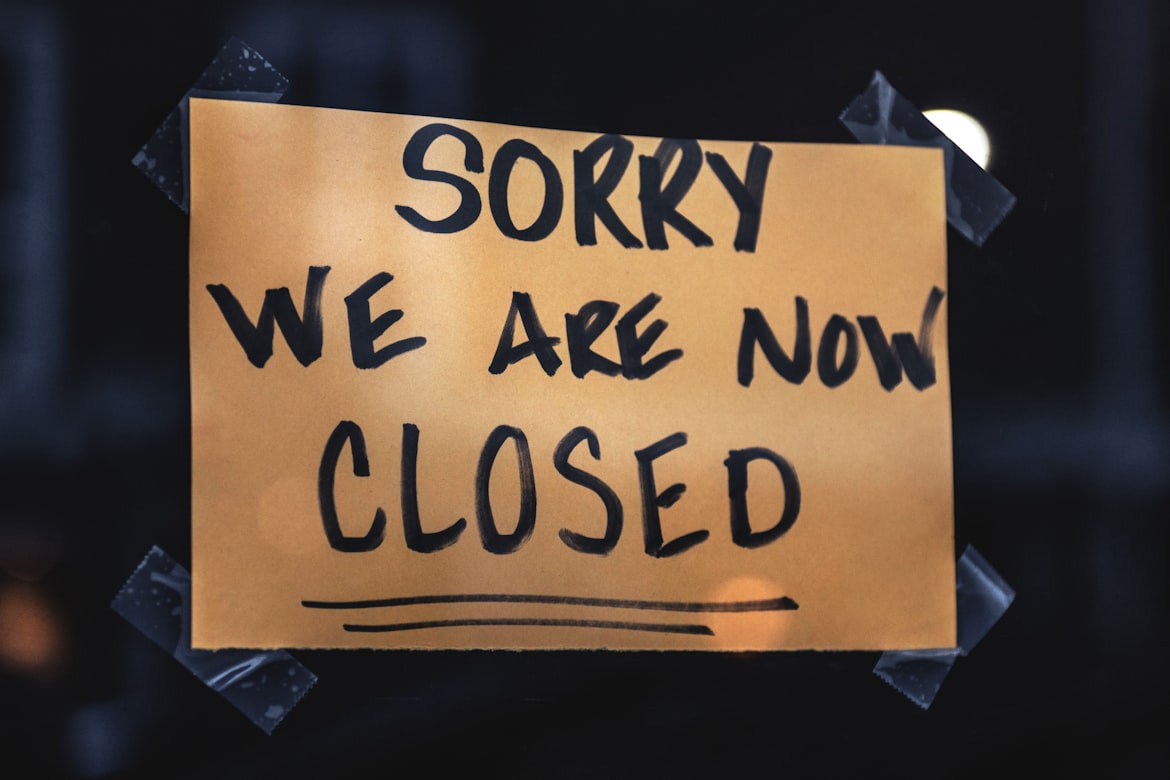In California, it is always crucial to consult California Business Litigation Lawyer when dissolving a business partnership. It can affect personal and business relationships and financial and tax liabilities.
You want to make sure you get everything. Here's a quick business dissolution checklist to ensure a smooth process and avoid future problems:
How To Dissolve A Business Partnership In California
Dissolving a business partnership is more complex than writing and submitting documents. You must discuss with business partners, consolidate your assets, inform relevant people, and review your records with a California Business Law Attorney.
Here are some steps you need to take:
1. Make Sure Everyone Agrees To The Dissolution
The shareholders of a corporation must approve dissolution, while it's the owners who decide in an LLC. A corporation's bylaws and an LLC's operating agreement typically contain information about the dissolution procedure and any necessary permits.
The board of directors should create and pass a resolution to dissolve the firm by corporate policies. The shareholders then vote on the resolution approved by the board of directors. Both operations need to be reported to the firm and documented.
It is usually a good practice to record the decision and get member approval, even if LLCs are not compelled to follow the same formalities as corporations.
2. Get A Certificate Of Dissolution From The State
Papers must be submitted to the state in which the corporation was formed after a vote by shareholders or representatives to dissolve. The company must also submit paperwork in those states if it has a license to operate there.
3. Prepare And Submit Your Tax Returns
Tax obligations do not end right after you dissolve your business in California. The IRS, state taxation authorities, and local taxation authorities must be informed of the business' closure.
An exhaustive checklist for closing a business can be found on the IRS website, along with links to other state and local procedures. If you have employees, be mindful of your payroll reporting responsibilities. Be careful to discuss your specific needs with your accountant or tax advisor.
4. Inform All Creditors
You must inform each and every creditor of your business in a letter. It's also possible for you to receive claims from unknown creditors, so be prepared for when it happens.
You can also make a formal and public announcement of your dissolution. If you're unsure or have potential problems with such, consult a prescreened California Business Lawyer before making any decisions.
5. Satisfy All Creditor's Claims
Your company has the option of accepting or rejecting creditor claims. Accepted claims must be paid for, or proper repayment plans must be agreed upon with creditors. For instance, a borrower might consent to settle a claim for less than the original sum.
If your business rejects a creditor's claim, you must inform them in writing. Work with a prescreened California Business Litigation Lawyer to guide you through the process and inform you of the relevant laws.
6. Distribute The Remaining Assets
The residual assets may be distributed among the company's owners by their ownership stake once claims have been settled. So, for example, if you own 50% of the company, you'll get half of what is left after paying creditors and taxes.
The IRS must be notified of all disbursements. If your company has several stock groups, the corporate bylaws often outline the procedure for distributing assets to various shareholders.
Find A Business Law Attorney in California
1000Attorneys.com offers an Attorney Referral Service Certified by the California Bar Association. We can refer a Business Litigation Lawyer fit to handle their unique case in California. Contact us via our 24/7 live chat (or complete our case submission form).






0 Comments